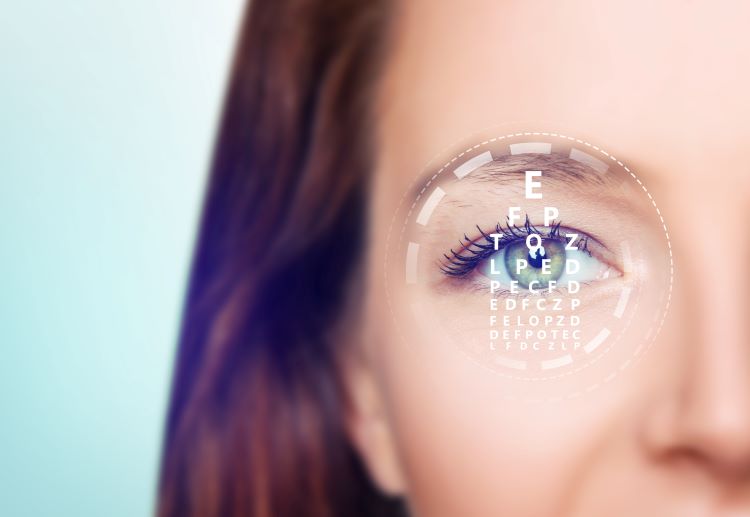Recent improvements in imaging and diagnostics for unexplained vision changes
Unexplained changes in vision can be distressing. Recent improvements in imaging and diagnostic techniques are helping clinicians better understand sudden or gradual shifts in eyesight, detect subtle retinal or optic nerve abnormalities, and tailor management more precisely. Advances in high-resolution imaging, improved screening protocols, and integrated clinical workflows are reshaping how optometry and ophthalmology teams approach atypical symptoms and ambiguous test results.

Unexplained changes in vision often prompt a sequence of tests and referrals across optometry and ophthalmology. New imaging technologies and diagnostic pathways are reducing uncertainty by revealing structural and functional changes in the retina, cornea, lens, and optic nerve that conventional exams can miss. This article summarizes current diagnostic advances, explains how they affect assessment of acuity and refraction, and outlines implications for screening and rehabilitation. This article is for informational purposes only and should not be considered medical advice. Please consult a qualified healthcare professional for personalized guidance and treatment.
What role does imaging play in diagnosis?
Imaging now complements clinical examination to give objective data on eye structure and function. Optical coherence tomography (OCT) provides cross-sectional images of retinal layers, helping to detect subtle macular edema, vitreoretinal interface disorders, and early optic nerve changes. Wide-field fundus photography and autofluorescence reveal peripheral retinal pathology that can explain visual field defects or unexplained floaters. Functional imaging, such as multifocal electroretinography, adds information about retinal electrical responses when symptoms are disproportionate to visible findings. Together, these tools refine the diagnostic process, narrowing the list of possible causes behind blurred vision and other symptoms.
How do retina and cornea scans aid eyesight evaluation?
High-resolution scans of the retina and cornea enable targeted assessment when acuity or subjective eyesight reports decline without an obvious cause. Corneal topography and anterior segment OCT map irregularities in the cornea that may affect refraction and cause distorted vision. On the posterior segment side, OCT angiography detects microvascular changes in the retina and choroid without dye, useful for identifying ischemic or inflammatory causes that relate to sudden vision changes. These modalities help clinicians differentiate between surface problems, refractive errors, and deeper retinal pathology, informing appropriate referrals and management decisions.
How are acuity, refraction, and lens tests changing?
Standard acuity charts remain a core screening tool, but automated refraction and wavefront aberrometry add objective measures of optical aberrations and lens-related issues. These technologies quantify distortions that might not be evident on routine testing, guiding more precise spectacle prescriptions or surgical planning. Imaging of the crystalline lens with high-resolution anterior segment OCT can identify early cataract changes or lenticular opacities that subtly degrade image quality. When symptoms are intermittent or inconsistent with basic exams, integrating objective refraction data with imaging findings improves diagnostic clarity.
What advances in optometry and ophthalmology screening exist?
Screening pathways are evolving to incorporate multimodal imaging and risk stratification that connect primary eye care with specialist services. Telemedicine platforms and digital screening programs enable primary optometry clinics to capture high-quality fundus images and OCT scans for remote ophthalmology review, increasing access to specialist insights in your area. Standardized diagnostic protocols help identify red-flag symptoms that warrant urgent evaluation, such as sudden loss of acuity or new visual field defects. These coordinated approaches streamline referral decisions and reduce delays in diagnosis that can affect outcomes.
How do imaging findings guide rehabilitation and medication?
Imaging and objective diagnostics inform targeted rehabilitation, medical therapy, and monitoring strategies. For example, documenting macular edema or epiretinal membrane on OCT may lead to medical treatments or surgical consideration, while consistent corneal irregularities suggest contact-lens options or corneal cross-linking evaluation. Objective measures also allow practitioners to track response to medication or rehabilitation programs, adjusting strategies based on documented structural or functional change rather than subjective reports alone. Rehabilitation teams can use imaging to set realistic goals for visual function and to monitor progress over time.
Conclusion
Recent improvements in imaging and diagnostics are enhancing the evaluation of unexplained vision changes by offering objective, high-resolution views of the retina, cornea, lens, and optic nerve, and by integrating functional testing with structural data. These advances support more precise diagnosis, better-targeted treatments, and clearer communication between optometry and ophthalmology providers. For individuals experiencing unexplained shifts in eyesight or new symptoms, updated screening and diagnostic workflows can reduce uncertainty and guide appropriate care pathways without assuming a specific outcome.




